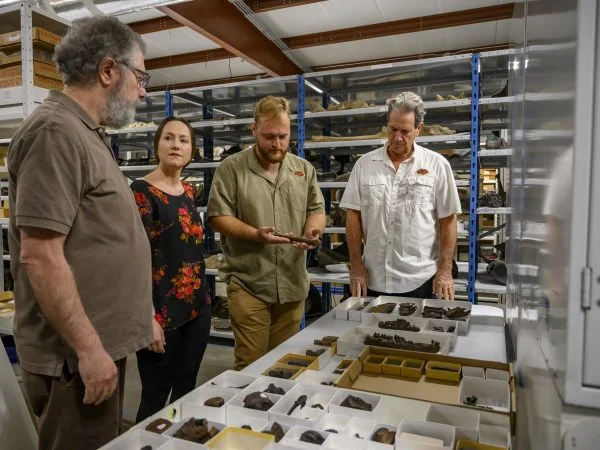
Underwater Fossil Bed Discovery Sheds Light on Florida’s Ancient Past
In a remarkable find off the coast of Florida, a team of collectors has unearthed an underwater fossil bed that offers a rare glimpse into the state's prehistoric past. The discovery, detailed by the Florida Museum of Natural History, showcases a variety of ancient marine life, including the remains of mammoths, mastodons, and other Pleistocene-era species.
The fossil bed, located in a river near the Gulf of Mexico, was stumbled upon by collectors who were exploring the area. The significance of their find quickly became apparent as they uncovered a trove of well-preserved fossils, dating back to a time when Florida's landscape was vastly different from today. According to experts, the region was once a shallow sea, teeming with life that has since left behind these fascinating remnants.
Researchers from the Florida Museum have been dispatched to the site to conduct further excavations and study the fossils in detail. The findings are expected to provide valuable insights into the ecological and climatic conditions of Florida during the Pleistocene epoch. This period, often referred to as the Ice Age, saw significant fluctuations in sea levels and temperatures, which had a profound impact on the region's fauna and flora.
The discovery has sparked excitement among paleontologists and the public alike, as it opens a window into a time when giant mammals roamed the land and ancient seas covered parts of what is now Florida. The Florida Museum plans to showcase some of the fossils in upcoming exhibitions, allowing visitors to explore this ancient world firsthand.